
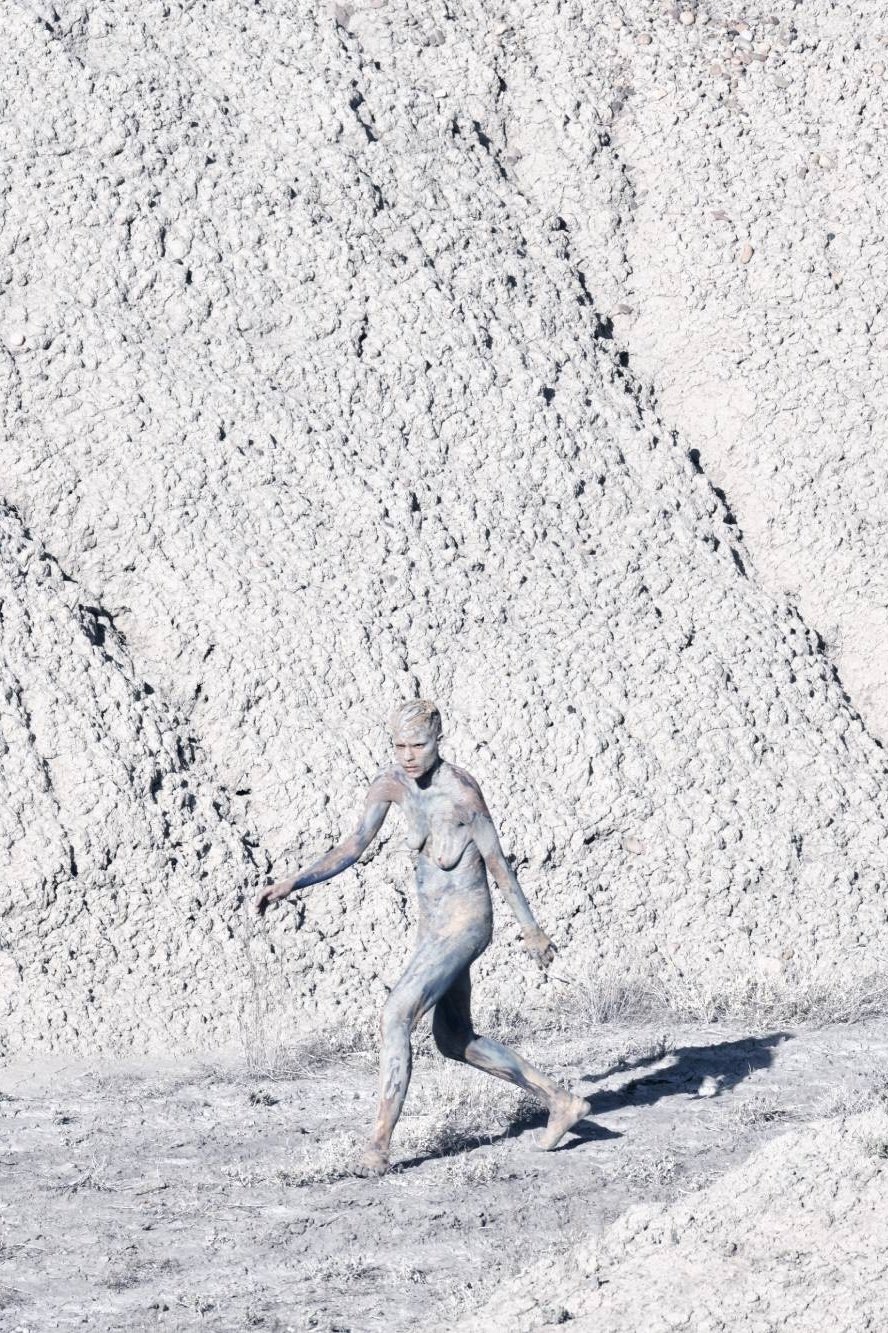
Human past and future intersect in a non-linear, natural history meta-documentary about ourselves: Homo sapiens.

A delirious movie installed inside a ghostly barn made with prefabricated materials. The oscillatory movement of the rocking chairs on which visitors sit partly helps to alleviate the syncopated rhythm of the montage and the frenzy of images that follow. A series of brassy characters in wigs and thick make-up map the various locations of the film: a lazy river, a hobby barn, and forest watchtower.
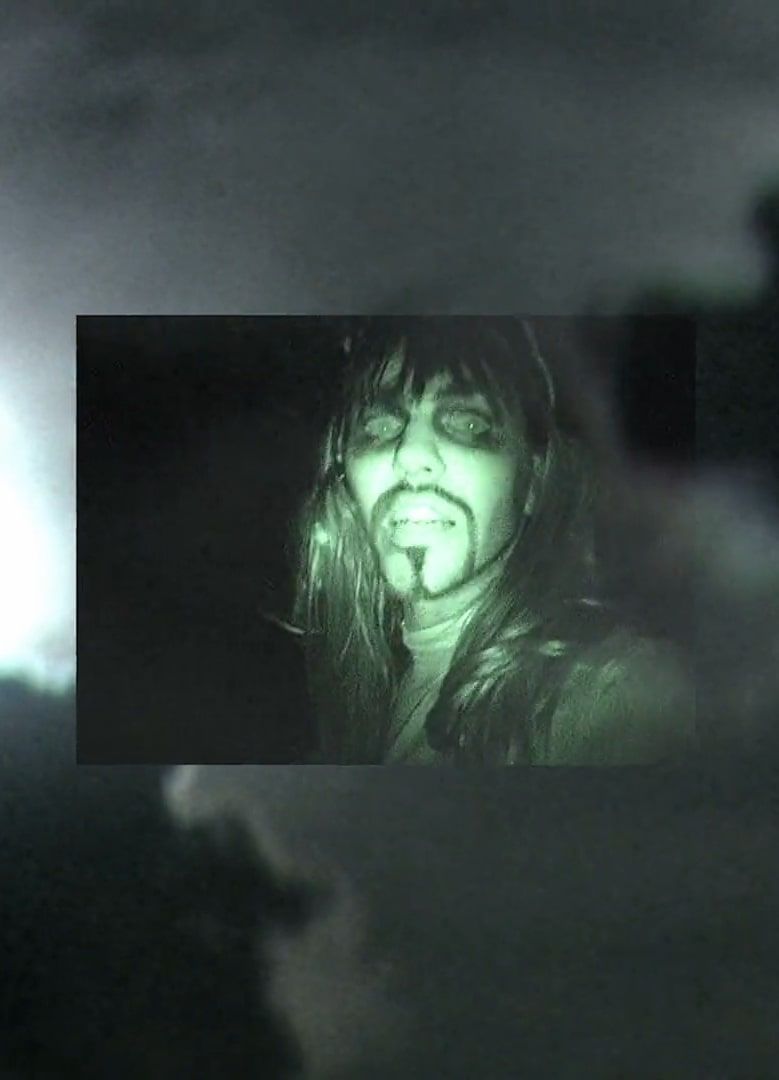
Shot in 2013 - In 'honor, of cause fake news - less gravity here - don't bird watch with a gun - remember your dreams before they remember you : the sloppy mix, bullshit version coming near soon USA.

The video displays Fitch and Trecartin's signature style of ludicrous cut-scenes and ironic hyperbole. “Yielders Path” also features swerving point-of-view shots from a quadrocopter, often focusing on ceiling fixtures with stoic reverence. The plot oscillates between mundane detail and highly saturated shenanigans, reiterated by a bazaar soundtrack that punctuates atmospheric compositions with pop music. “Yeilders Path” is presented on the ceiling of a black-curtained room, positioned with the same perspective of much of it’s subject matter. A large futon and theater seats nestled between fake plants provide an inviting viewing environment.

In Comma Boat, we're stuck in a mock-authoritarian fantasy--a power trip. The film centers around a director-character played by Trecartin who oscillates between feelings of omnipotence and self-doubt. As if a post-human, post-gendered reincarnation of the Fellini character in 8 ½, the director gloats and frets about professional and ethical transgressions. "I know I lied to get ahead," he admits at one point. "I've made up so many different alphabets just to get ahead in my field." The director is fancier now, but the fear nags that he might be "repeating" himself "like a dumb soldier ova and ova and ova and ova." The meta-connection to the artist's own career, while obvious, is also a decoy. All art, at some level, is about the artist. Here, reflexivity is the surface level, providing a decodable veneer that encases something more unsettling and complex. Single-channel and 3-channel versions.
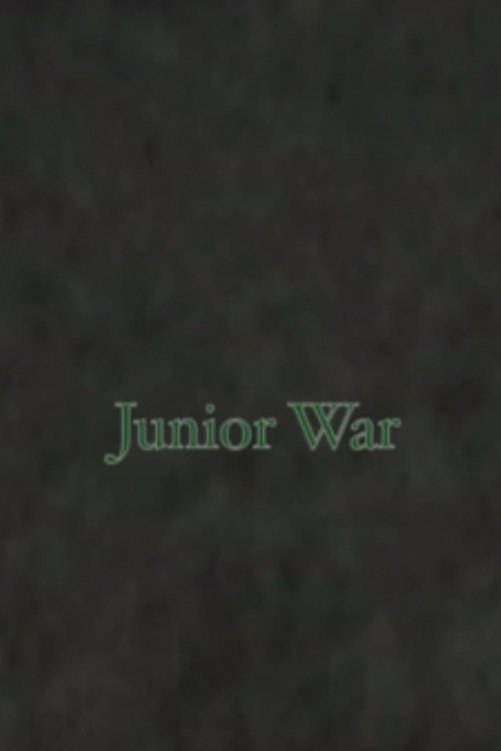
In Junior War, a throng of highschoolers congregate at night for a party in the woods sometime in the year 2000. A band plays, the kids get drunk, the boys and girls tepidly flirt, and groups deploy into cars for the purpose of destroying mailboxes, tee-peeing houses, breaking lawn ornaments, and sparring with the police. The film is composed entirely of footage Trecartin took during his senior year of high school in exurban Ohio; as such, it baits the viewer with genealogical significance.
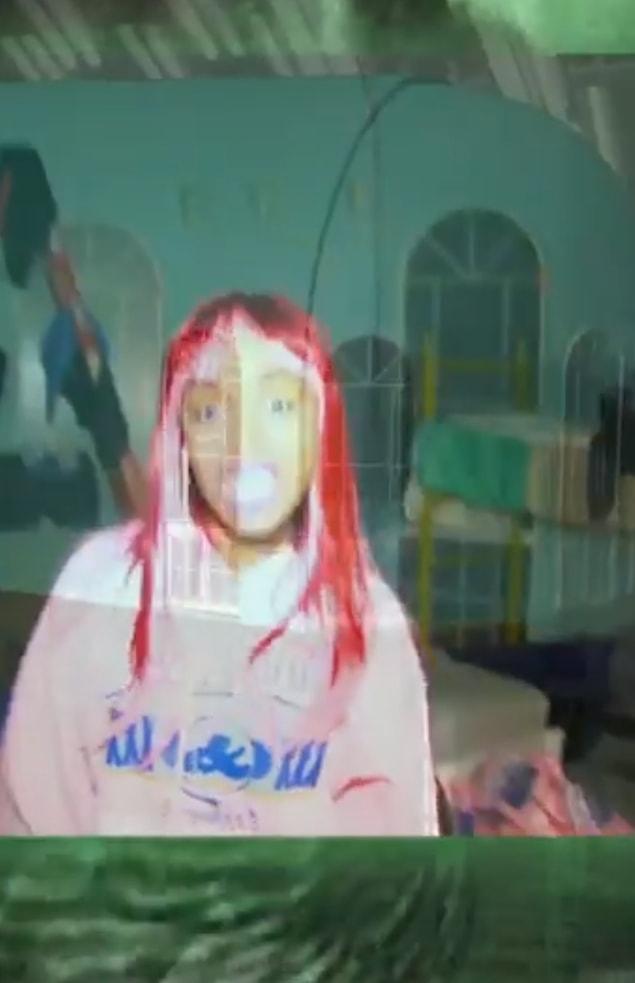
In Item Falls, we are peaking. We start out at a casting call, but before long we're firmly in the grip of hallucination, shedding our anxieties and evidently regressing to the animation era, a time when stunt chickens were mere chicklets. Friendly archetypes float in and out of what seems like our bedroom. The red-headed Jenny has returned, but this time she's squeaky and trusting. Unlike in Center Jenny, here our perspective is literally centered. The camera seems to be the in middle of the room, which is good, because we're too blissed out to move. Luckily, our hallucinations look directly at us.

The movie is actual market research collected by Wait for Y-Ready. It doubles as the site of Wait's vacation, as well as echoed versions of scenarios from other sections of Any Ever from which characters either reappear or are replicated here as young girls. Separately, it is a production commissioned for Voy, a pigtailed pseudo-Olsen Twin, by her prop lesbian parents. Voy moves in and out of the action, blurring the boundaries of what is inside and outside reality and fiction. There is also the spectacle of beautiful, tortured Sammy B, who promises suicide every day, broadcast online from her pink bedroom. Although her fans watch her to hate her, what they love is to see her feel, and no one will join the audience that would allow her to permanently drop out.
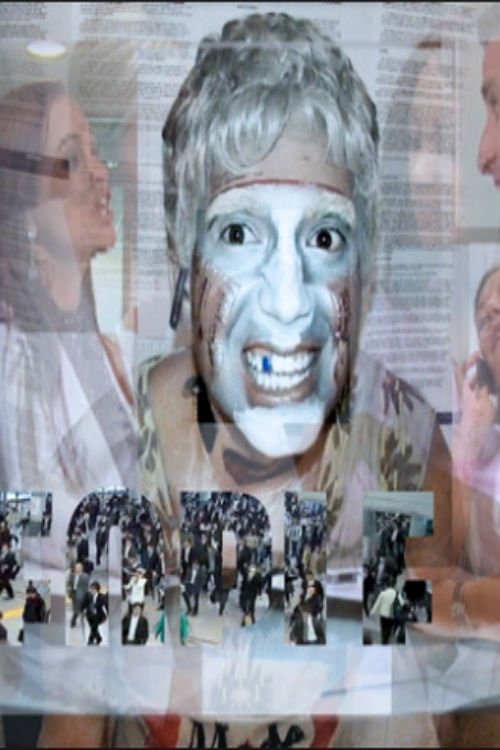
Roamie View: History Enhancement reveals JJ as a husk of his former self, overwhelmed by too many experimental personalities and reverted to factory presets. He hires Roamie Hood's (Alison Powell) company to roam backwards through time to research an opportunity for an edit that could alter his future-present.
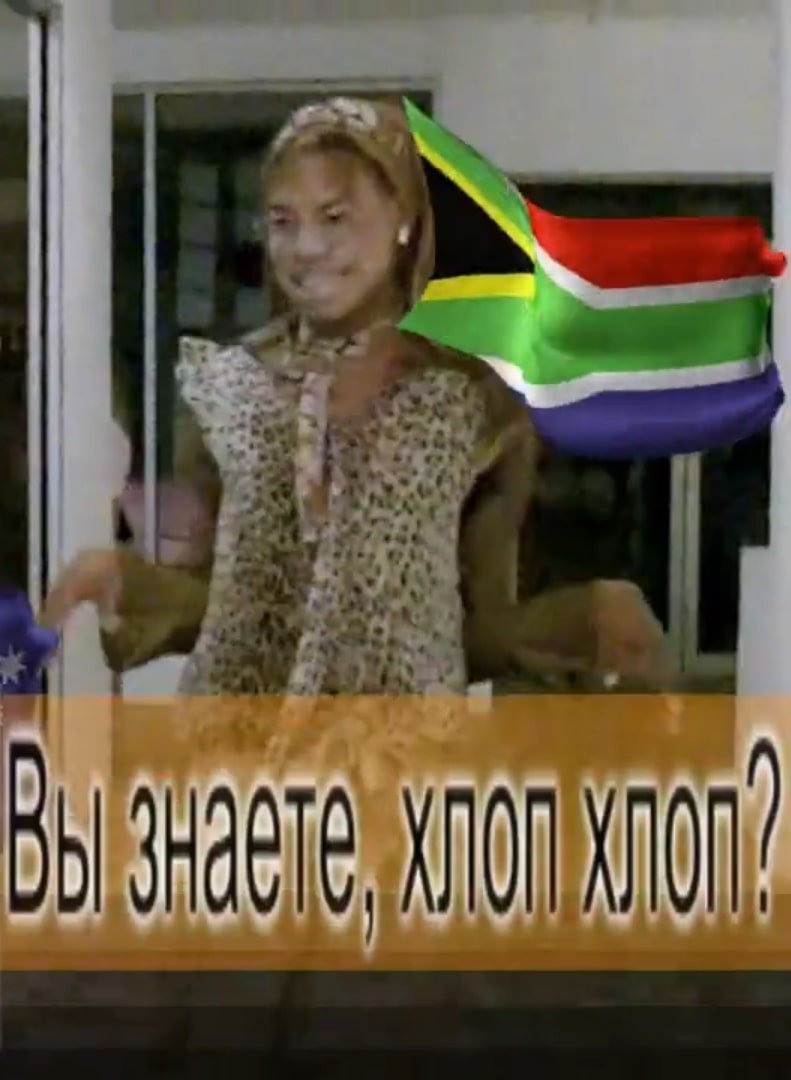
In P.opular S.ky (section ish), a character played by Trecartin informs us that she wants ‘to live in a world where narration is the devil’. The ability to script oneself is an inalienable right, and anything that opposes that right must be rejected.
Ryan Trecartin is an American artist and filmmaker currently based in Athens, Ohio. He studied at the Rhode Island School of Design, graduating with a BFA in 2004. Trecartin has since lived and worked in New Orleans, Los Angeles, Philadelphia and Miami.
By browsing this website, you accept our cookies policy.